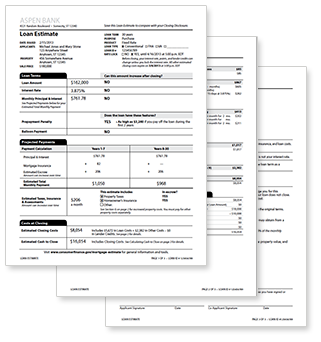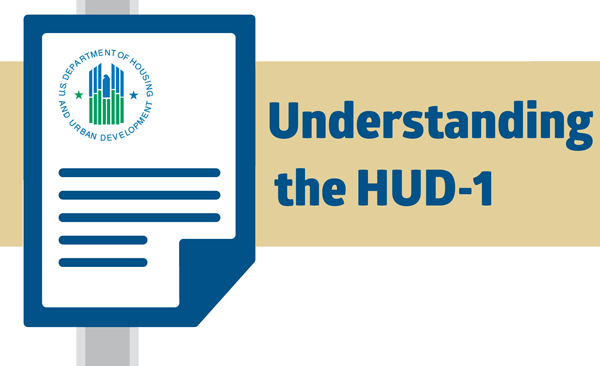The Know Before You Owe campaign, developed by the U.S. Consumer Financial Protection Bureau (CFPB), is intended to assist consumers shopping for a mortgage by allowing them to take advantage of revamped and more easily comprehensible mortgage disclosure forms.

In replacing the previously existing federal disclosure documents, the bureau's forms clearly lay out the terms of a mortgage for homebuyers, helping them to understand this important financial decision. The forms also, in theory, help consumers know what they can expect at the closing table in regard to closing costs and transaction terms.
This latest change triggered by the Dodd-Frank Wall Street Reform and Consumer Protection Act of 2010, the CFPB's mortgage disclosure forms will be provided to consumers beginning Aug. 1, 2015. The forms should provide enhanced comparison features for those in the loan shopping process. There are a few things that consumers should understand regarding these new forms, which effectively replace those implemented under the Truth in Lending Act and the Real Estate Procedures Settlement Act.
Knowing closing fees and costs
Among the most frequently referenced grievances with the current forms was that consumers felt they were misled by different lenders about which fees would apply and when. By providing a streamlined loan estimate within three days of a mortgage application's submission, prospective buyers should be able to better compare rates and fees, as well as insurance prices.
"With a simple accounting of payments and fees, these new forms help consumers see just what they are getting into, the terms of the loan, the obligations and how they could change over time," said Richard Cordray, the bureau's director. "We've made it a point to present the information in plain language in a format that is easy to follow, where the costs and risks of the loan are made clear." 
Assessing risk factors
In addition to providing enhanced disclosure in terms of interest rates, monthly payments and total closing costs, the bureau's updated documentation aims to provide consumers with better tools for evaluating risk associated with different loan options. For example, in the past, consumers may not have been granted ample time to review forms before signing. The hope is to move toward a uniform standard for electronic closings, but until then, the bureau hopes streamlining the process will reduce the number of discrepancies.
"We want to work collaboratively with industry, with consumer advocates and with government officials to take a close look at all the closing documents and identify how they can be reduced or eliminated if they are no longer adding value to the mortgage transaction,'' Cordray said.
Comparing loan offers
The Know Before You Owe campaign aims to allow consumers to better scrutinize and compare competing loan offers by clearly breaking down - in updated formatting - the costs of interest, insurance and closing table add-ons. In theory, distinguishing between two otherwise similar-looking loan offers will be simplified, as consumers are able to literally compare their options side by side.



